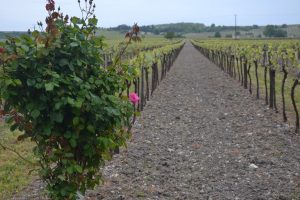 On a recent trip to the Charente I took this picture of a rose bush at the end of a row of cognac vines. This placement of rose bushes has created considerable interest from our followers. I therefore thought it would make an ideal Technical Topic.
On a recent trip to the Charente I took this picture of a rose bush at the end of a row of cognac vines. This placement of rose bushes has created considerable interest from our followers. I therefore thought it would make an ideal Technical Topic.
Originally, roses were planted in vineyards as an early warning system. Roses and grapevines typically have the same type of soil and sun requirements. In addition, both are prone to the infestation of a fungus known as powdery mildew. If this fungus appeared on the roses, the vines were sprayed with sulphur to prevent the grapes from succumbing. Downy mildew is another fungus that attacks the green parts of the grape vine. If detected on a rose bush the grape vines were immediately sprayed with a solution of copper sulphate and lime. Another historic reason for the planting of roses dates to when they used horses to pull the plough. The rose’s thorns were thought to deter the horse from hitting the post at the end of the row.
Nowadays, there isn’t a horse and plough in sight. Most vineyards use modern methods to monitor carefully the soil and health of the vines. Rose bushes are no longer required, so why are they still in evidence? Cynics will tell you that they attract tourists who enjoy seeing them in situ. Others will suggest they are purely aesthetic or that they provide food for bees and habitat for insects beneficial to the vineyard. Some believe that roses are tastier than grape vines to pests, so they draw these damaging insects away from the grapes.
Whatever the reasons for planting roses in the vineyards today, you must admit that they add to the milieu and create a sense of nostalgia. These are things of which the Cognaçaise are immensely proud.
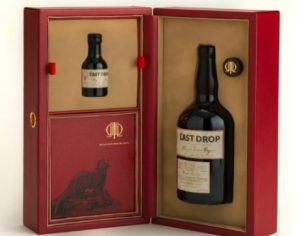 The Last Drop Distillers, recently bought by Sazerac, has released a limited run of a 1947 Hors d’Age Cognac. Distilled just after the end of World War II, just 186 bottles are in existence. Each bottle has been filled by hand, wax sealed and presented in a red leather case along with a 50ml miniature. The bottling also includes a certificate of authenticity, a leather-bound tasting booklet and a custom-made stopper. It is an attractive presentation but before you feel compelled to part with £3,200 for one, check out the competition first. Hermitage 1947 Grande Champagne Cognac is a real gem from the same year. Traditionally presented, it can be purchased for a mere £711.34.
The Last Drop Distillers, recently bought by Sazerac, has released a limited run of a 1947 Hors d’Age Cognac. Distilled just after the end of World War II, just 186 bottles are in existence. Each bottle has been filled by hand, wax sealed and presented in a red leather case along with a 50ml miniature. The bottling also includes a certificate of authenticity, a leather-bound tasting booklet and a custom-made stopper. It is an attractive presentation but before you feel compelled to part with £3,200 for one, check out the competition first. Hermitage 1947 Grande Champagne Cognac is a real gem from the same year. Traditionally presented, it can be purchased for a mere £711.34.
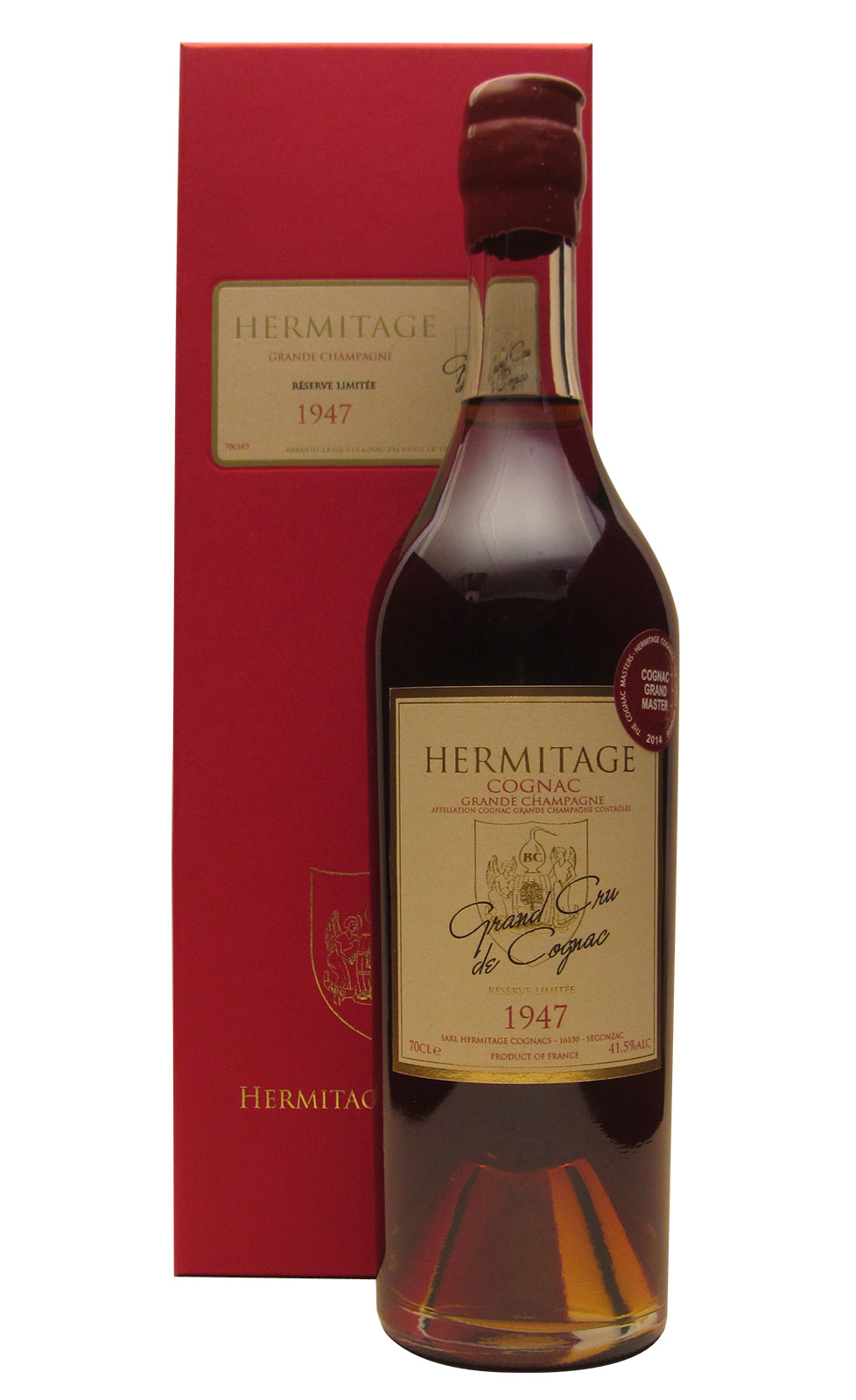
 Since Great Britain voted to leave the EU, about a year ago, the Wine and Spirit Trade Association (WSTA) has had much to say about it. They are concerned that if frictionless borders are not put in place, laborious customs checks will severely delay the importation of wine and
Since Great Britain voted to leave the EU, about a year ago, the Wine and Spirit Trade Association (WSTA) has had much to say about it. They are concerned that if frictionless borders are not put in place, laborious customs checks will severely delay the importation of wine and 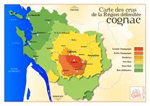 Much of the news from the Charente recently has been about the severe frosts that occurred at the end of April. The air temperature dropped to between -3 and -4°C on two consecutive mornings, affecting around 70% of the vineyards in the cognac growing region. The frost, which was the worst since 1991, damaged the young shoots emerging from the vines and is thought to have affected 40% of total production. A BNIC spokesman said that in a few cases this year’s grape harvest has been completely wiped out and some growers may find it difficult to recover. To help raise the production level of this depleted grape availability, the BNIC have allowed production levels to rise from 10hl to 12hl of pure spirit per hectare. However, some growers, who concentrate on the high quality of their vines, believe this is far more than their vines can produce. We shall wait and see but one consequence could be an increase in
Much of the news from the Charente recently has been about the severe frosts that occurred at the end of April. The air temperature dropped to between -3 and -4°C on two consecutive mornings, affecting around 70% of the vineyards in the cognac growing region. The frost, which was the worst since 1991, damaged the young shoots emerging from the vines and is thought to have affected 40% of total production. A BNIC spokesman said that in a few cases this year’s grape harvest has been completely wiped out and some growers may find it difficult to recover. To help raise the production level of this depleted grape availability, the BNIC have allowed production levels to rise from 10hl to 12hl of pure spirit per hectare. However, some growers, who concentrate on the high quality of their vines, believe this is far more than their vines can produce. We shall wait and see but one consequence could be an increase in 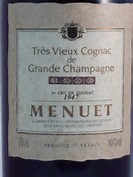 Chinese customs officials have recently uncovered more than US$29m of smuggled spirits and here is the story behind the news ….. More than twenty years ago, in our quest to find top quality Grande Champagne cognacs, we stumbled upon a cognac house called Menuet. You may have seen their cognacs on our web site, the
Chinese customs officials have recently uncovered more than US$29m of smuggled spirits and here is the story behind the news ….. More than twenty years ago, in our quest to find top quality Grande Champagne cognacs, we stumbled upon a cognac house called Menuet. You may have seen their cognacs on our web site, the 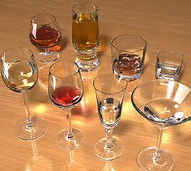 Spirits sales accounted for more tax revenue than beer in 2016, the first time that this has happened. The latest figures from HMRC show that the Treasury took around £3.38 billion from spirit sales compared to £3.32 billion from the sale of beer. This is an increase of 7% over the 2015 figure and it occurred in the year when the Chancellor froze spirit duty, arguably allowing the industry to grow and invest. The UK has the 4th highest spirits duty rates in the EU so the duty increase announced earlier this year in 2017 is a major disappointment. Although the growth in
Spirits sales accounted for more tax revenue than beer in 2016, the first time that this has happened. The latest figures from HMRC show that the Treasury took around £3.38 billion from spirit sales compared to £3.32 billion from the sale of beer. This is an increase of 7% over the 2015 figure and it occurred in the year when the Chancellor froze spirit duty, arguably allowing the industry to grow and invest. The UK has the 4th highest spirits duty rates in the EU so the duty increase announced earlier this year in 2017 is a major disappointment. Although the growth in 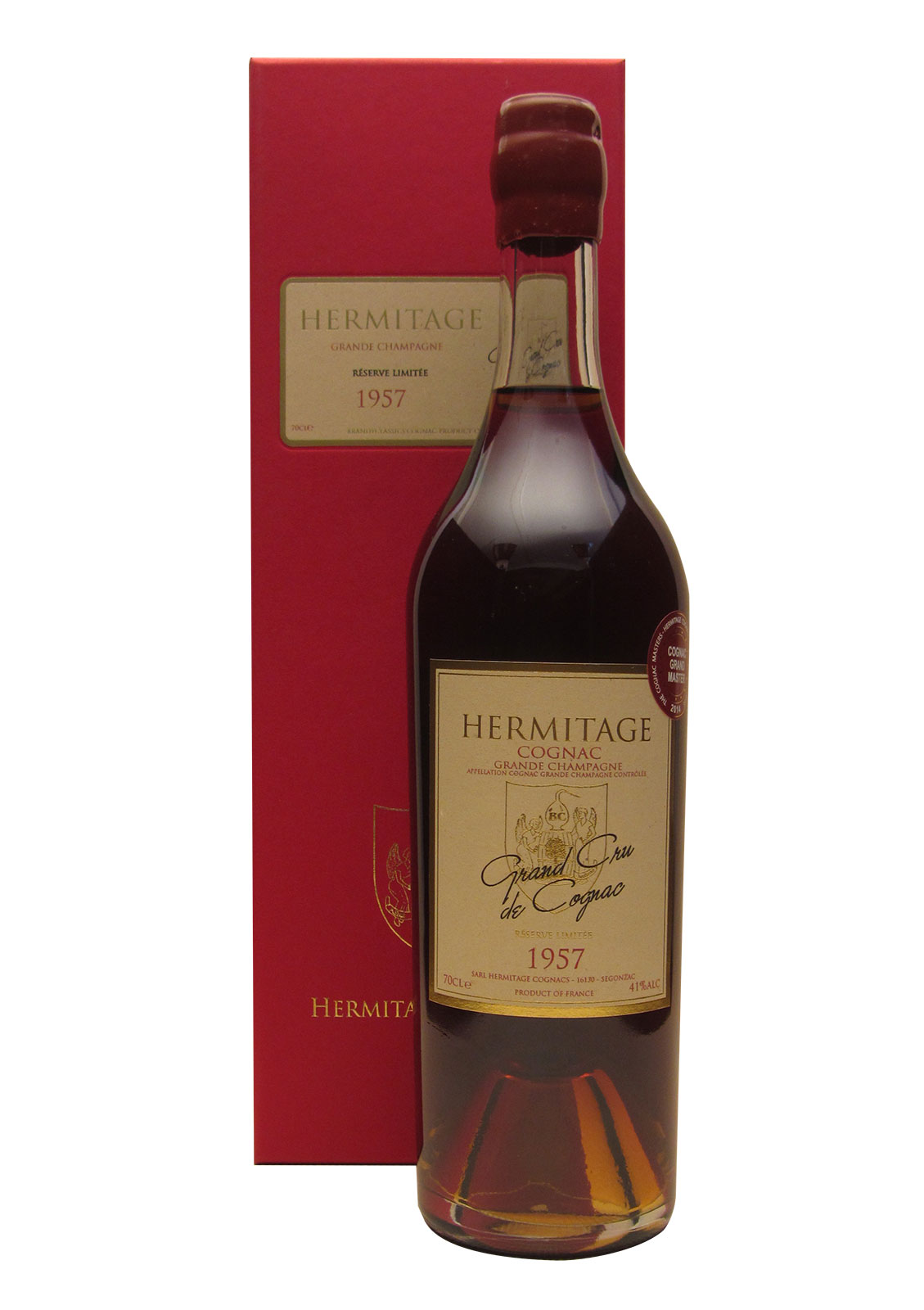
 New to our shelves for the summer is
New to our shelves for the summer is 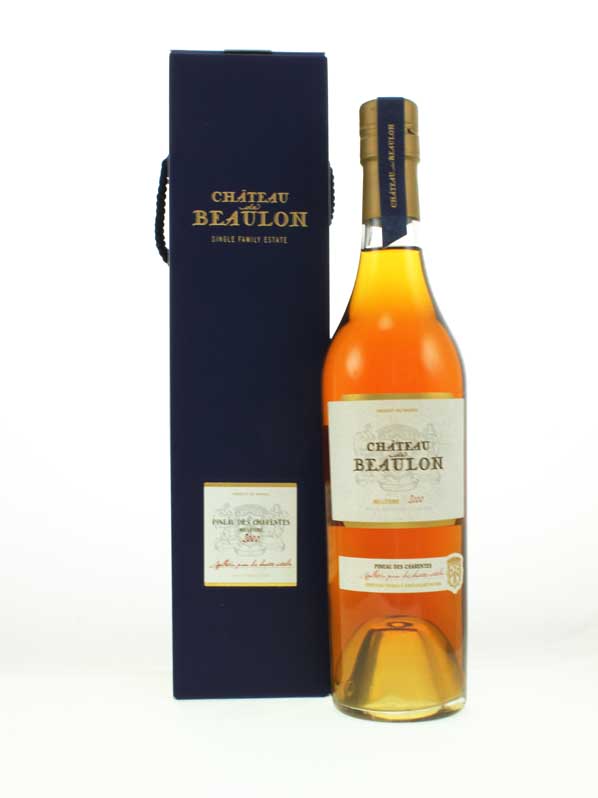

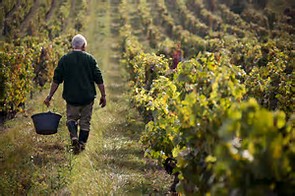 According to Craft Spirits and Beer, ‘Craft’ is a term used to describe
According to Craft Spirits and Beer, ‘Craft’ is a term used to describe 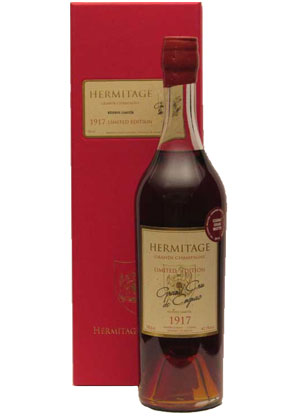
 On a recent trip to the Charente I took this picture of a rose bush at the end of a row of
On a recent trip to the Charente I took this picture of a rose bush at the end of a row of 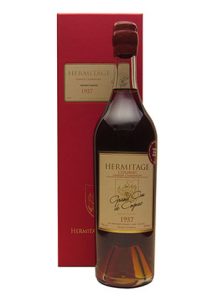 This 1957 Cognac has just arrived at our
This 1957 Cognac has just arrived at our